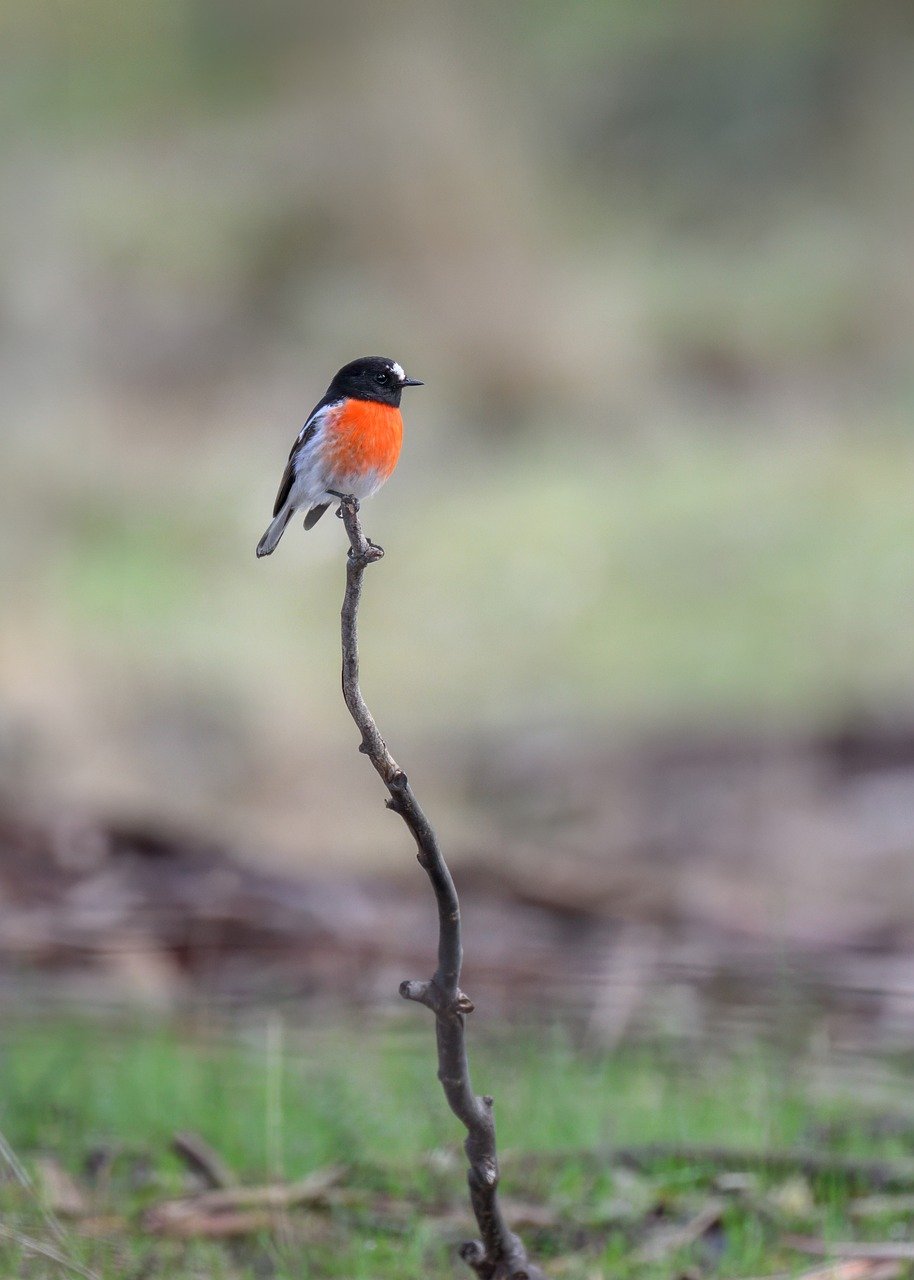
Australia’s passion for sports runs deep, woven into the fabric of everyday life from coastal beaches to urban parks. As we move through 2025, participation rates continue to climb, with the latest AusPlay data from the Australian Sports Commission revealing that 89% of adults engage in some form of physical activity annually. This surge reflects a broader shift toward flexible, inclusive ways to stay active—whether through organized clubs or casual backyard games. Among the highlights, team sports like soccer and basketball lead the pack, but it’s the unique blend of recreational pursuits and high-stakes spectacles, including the buzz around the AFL Trade Period 2025, that keeps the nation on its toes. From fitness trends to iconic football rivalries, here’s a closer look at what’s captivating Australians this year.
The Rise of Team Sports: Soccer, Basketball, and AFL’s Enduring Appeal
Team sports have long been the heartbeat of Australian athletics, fostering community and competition in equal measure. According to the Australian Sports Commission’s New Participation Picture Report for 2025, soccer tops the charts with over 1.3 million adult participants, a testament to its accessibility and global draw. Kids flock to the pitch too, with nearly 20% of boys aged 5-14 lacing up boots for organized matches. The sport’s growth is fueled by multicultural influences and inclusive programs that welcome players of all skill levels, turning local fields into vibrant hubs every weekend.
Basketball follows closely, emerging as Australia’s fastest-growing team sport with 996,000 players nationwide. Its urban appeal—think pickup games in city parks or school gyms—has boosted junior numbers to over 350,000, particularly among diverse communities where it ranks in the top three activities. Events like the NBL’s packed arenas add excitement, drawing crowds that rival traditional codes. But no discussion of team sports in 2025 would be complete without Australian Rules Football (AFL). With around 500,000 adult players and millions tuning in weekly, AFL blends physicality and strategy in a way that’s uniquely Aussie. Participation dips slightly for adults compared to youth, but the sport’s cultural pull remains unmatched, especially as clubs gear up post-season.
AFL Trade Period 2025
Running from October 6 to 15, the period saw blockbuster moves like Charlie Curnow’s shift from Carlton to Sydney in a pick-heavy swap involving multiple first-round selections, and Brodie Mihocek landing at Melbourne from Collingwood. Rumors swirled around stars like Zach Merrett, whose potential Hawthorn transfer fizzled but highlighted the period’s drama. These trades not only alter team dynamics but also inspire grassroots players dreaming of the big leagues, proving AFL’s role in sustaining long-term engagement.
For official updates on these shifts and their impact on the 2026 season, the AFL’s comprehensive trade tracker offers reliable insights.
Recreational Pursuits: Walking, Swimming, and Emerging Fitness Trends
While team sports grab headlines, everyday Australians prioritize activities that fit seamlessly into busy lives. Recreational walking leads with an estimated 6 million participants in the 2023-24 financial year—figures likely holding steady into 2025—making it the go-to for health-conscious folks seeking low-barrier exercise. Paths along Sydney Harbour or Melbourne’s Yarra River buzz with joggers and strollers, underscoring how simple habits drive national fitness levels. Gym-based fitness, including aerobics and cardio, rounds out the top spot per Statista’s consumer surveys, with over 4 million adults hitting facilities for structured workouts.
Swimming, a nod to Australia’s coastal lifestyle, engages about 1.6 million people annually, bolstered by world-class pools and beaches. It’s especially popular among children, tying with AFL for school-age favorites, and promotes lifelong habits amid rising heatwaves. Cycling and surfing round out the recreational leaders, with 2.4 million pedal-pushers and 3.5 million wave-riders embracing the outdoors—one in three surfers being women highlights growing inclusivity.
Emerging trends point to hybrid formats: yoga and pilates have surged post-pandemic, blending mindfulness with movement to attract those sidelined by traditional sports. The ASC notes four million adults now opt for public spaces over clubs, a shift toward flexible play that’s redefining participation. These pursuits not only boost physical health but also mental resilience, with 48% of Aussies exercising three times weekly.
In wrapping up,
The most popular sports activities in Australia 2025 showcase a dynamic mix—team intensity meets casual joy, all amplified by moments like the AFL Trade Period 2025. Whether you’re dodging tackles on the oval or catching waves at Bondi, these pursuits unite the nation. As participation evolves, expect even more innovation to keep everyone moving. Dive in, and who knows—you might just catch the next big trade wave yourself.







